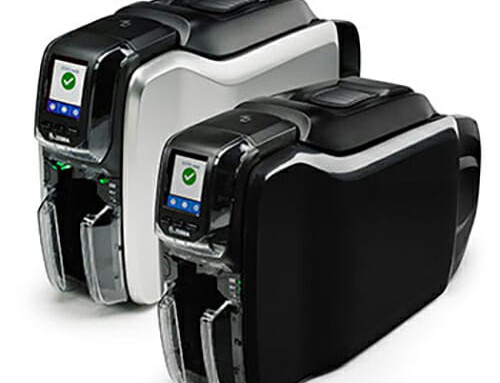Buying a plastic card printer for your small business can be a great investment, especially if you need to produce ID cards, membership cards, or other personalized plastic cards. Here are some steps to help you with the process:
Determine your requirements: Consider the specific needs of your business. How many cards do you need to print per day? What features do you require in the cards, such as color printing, dual-sided printing, magnetic stripes, or smart card encoding? Understanding your requirements will help you choose the right printer.
Research available options: Look for reputable manufacturers and suppliers that offer plastic card printers suitable for small businesses. Explore their websites, product specifications, customer reviews, and ratings. Some popular brands include Zebra, Fargo, Evolis, and Datacard.
Decide on the printer type: There are different types of card printers available, including entry-level, mid-range, and professional-grade models. Entry-level printers are more affordable but may have limitations in terms of speed and features. Mid-range and professional-grade printers offer higher printing speeds, advanced features, and durability, but they come at a higher cost.
Consider connectivity and compatibility: Determine how you plan to connect the printer to your computer system. Most printers offer USB connectivity, while some may also provide Ethernet or Wi-Fi options. Ensure the printer is compatible with your operating system (e.g., Windows, macOS) and any card design software you plan to use.
Evaluate printing quality and speed: Look for printers that offer high-resolution printing for clear and crisp card designs. Consider the printing speed as well, especially if you have a large volume of cards to print within a short time frame.
Assess security features: If your cards require additional security features like magnetic stripes, smart card encoding, or holographic overlays, ensure that the printer supports these features or can be upgraded to include them.
Compare prices and warranties: Consider your budget and compare prices from different suppliers. Be cautious of extremely low-priced options, as they may lack quality or durability. Check the warranty offered by the manufacturer to ensure adequate coverage in case of any issues or defects.
Read customer reviews and seek recommendations: Look for online reviews or seek recommendations from other businesses that have purchased plastic card printers. Real-world experiences can provide valuable insights into the usability, reliability, and overall satisfaction with a particular model or brand.
Purchase from a reputable supplier: Once you have identified the printer that suits your needs, purchase it from a reputable supplier or directly from the manufacturer. This ensures that you receive genuine products, warranties, and after-sales support.
Plan for maintenance and supplies: Plastic card printers require regular maintenance, including cleaning, printhead replacement, and replenishing supplies like ribbons and cards. Familiarize yourself with the maintenance requirements and stock up on necessary supplies to avoid any disruptions in your card printing operations.
Remember to follow the manufacturer’s instructions for setup, installation, and operation of the plastic card printer to ensure optimal performance and longevity.






Leave A Comment